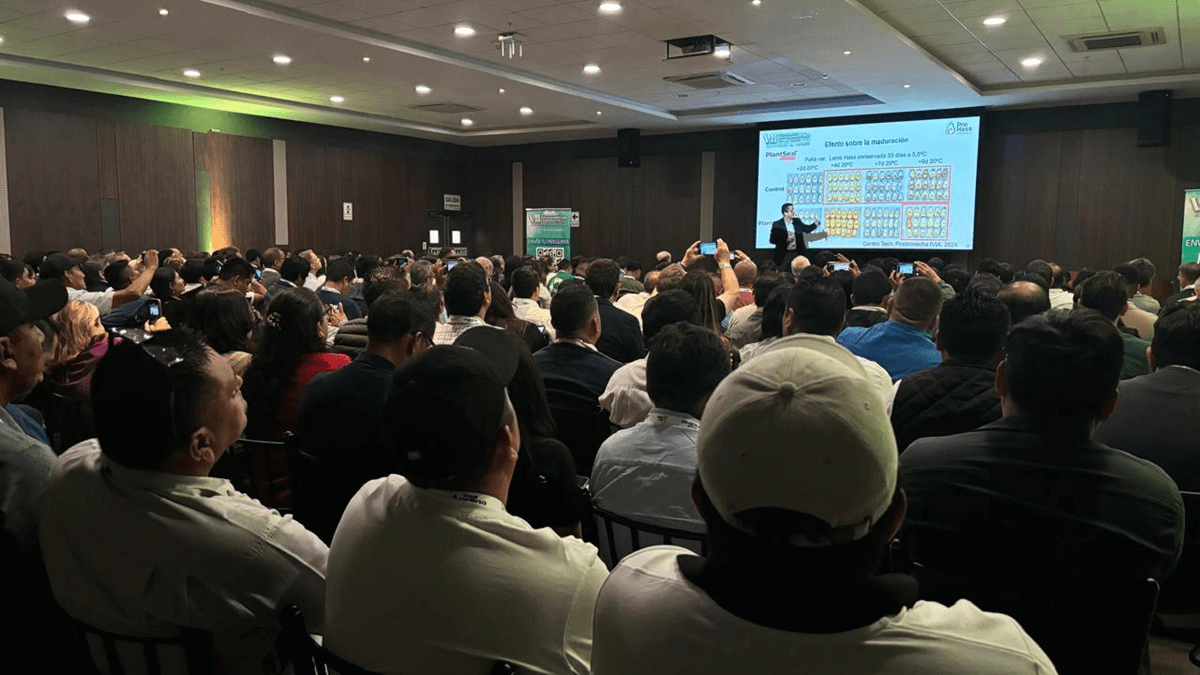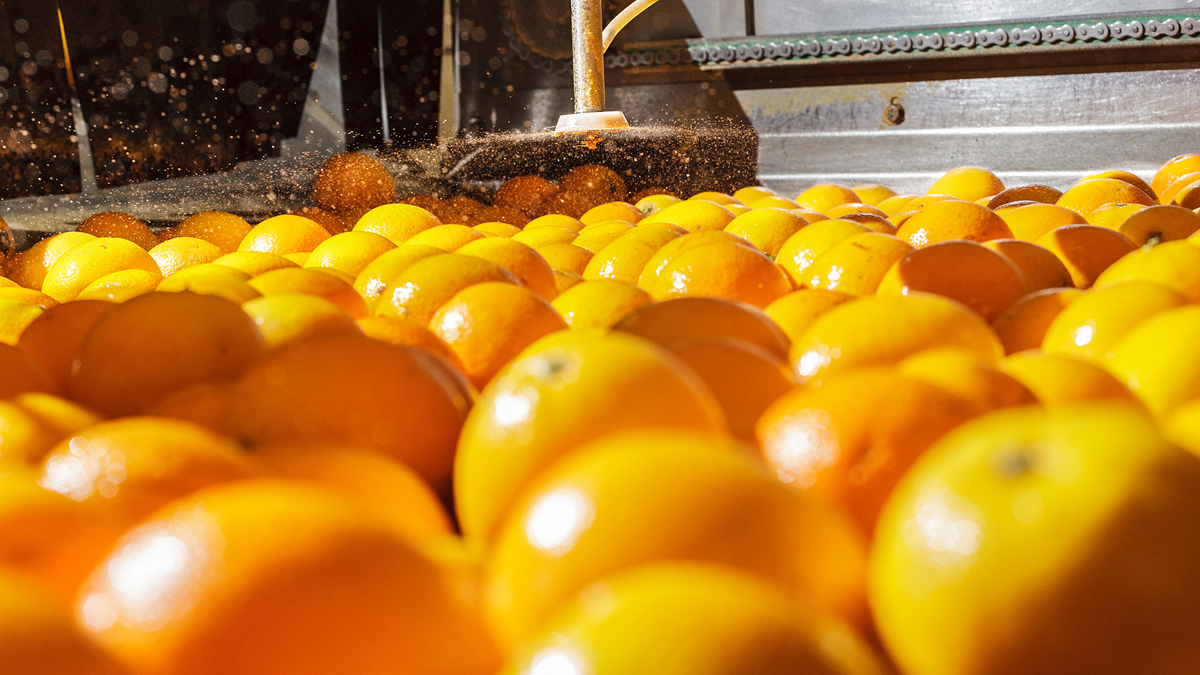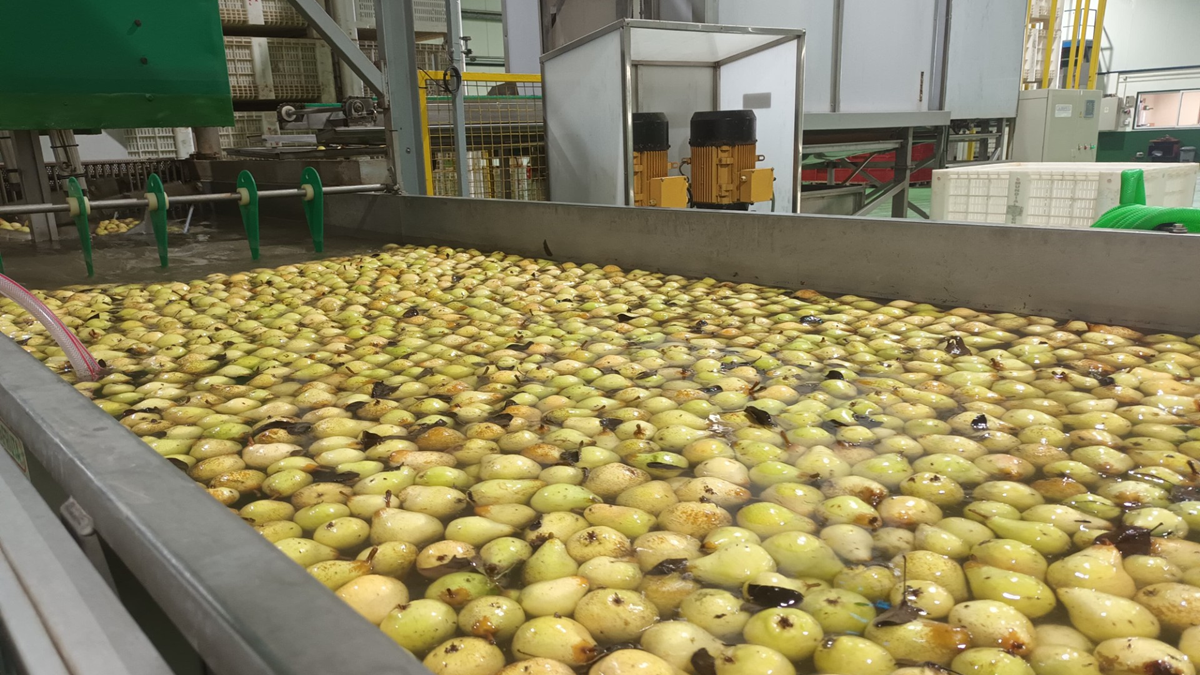Phytosanitaries
First description of Cladosporium ramotenellum causing decay of citrus fruit
During the 2018 season, superficial dry and firm black spots, where sometimes an aerial mycelium developed, appeared on the rind of easy peeler mandarins causing high economic losses in fresh citrus exports from Perú. In this work, we have identified the causal agent, a species of Cladosporium not previously reported as a citrus pathogen. The pathogen was isolated from rind lesions of affected fruit and was identified by sequencing as Cladosporium
04 May, 2023
During the 2018 season, superficial dry and firm black spots, where sometimes an aerial mycelium developed, appeared on the rind of easy peeler mandarins causing high economic losses in fresh citrus exports from Perú. In this work, we have identified the causal agent, a species of Cladosporium not previously reported as a citrus pathogen. The pathogen was isolated from rind lesions of affected fruit and was identified by sequencing as Cladosporium ramotenellum; and fulfilment of Koch postulates was proven. This species was present on the surface of immature fruit in the groves, indicating that the infection is likely initiated before harvest. Cladosporium ramotenellum is resistant to the postharvest fungicides imazalil, pyrimethanil, and thiabendazole, but sensitive to propiconazole, prochloraz, and ortho-phenylphenol. We designed a postharvest industrial treatment to decrease the Cladosporium sp. load on the fruit surface that limited the incidence of infection and reduced the postharvest losses caused by the fungus. Although this species is quite ubiquitous, this is the first description of C. ramotenellum causing decay of citrus fruit, being the symptoms of this disease similar to the ones described previously and caused by Cladosporium cladosporoides in cv. Satsuma mandarins from Japan.Picture shows representative images of fruit diseased by Cladosporium ramotenellum sooty spot. Boxes of W. Murcott mandarins aff ected after 15 to 22 days of cold transportation from Perú to USA (a-b). Details of W. Murcott mandarin diseased, showing the initial pitting (c), and fruits where some of the spots have developed aerial mycelium (d-f). Green immature W. Murcott mandarins before being collected to analyse the presence of Cladosporium sp. in the fi eld (g-h). SourcesPathogen identification and control of sooty spot caused by Cladosporium ramotenellum, appearing on fresh easy peeler mandarins from PerúCelia Murciano (1), Jeniffer J Oliver-Chirito (1,2) and Benito Orihuel-Iranzo1 (1)(1) Productos Citrosol S.A(2) Asociación de Productores de Cítricos del PerúJ Plant Sci Phytopathol. 2021; 5: 044-052.DOI: 10.29328/journal.jpsp.1001059












